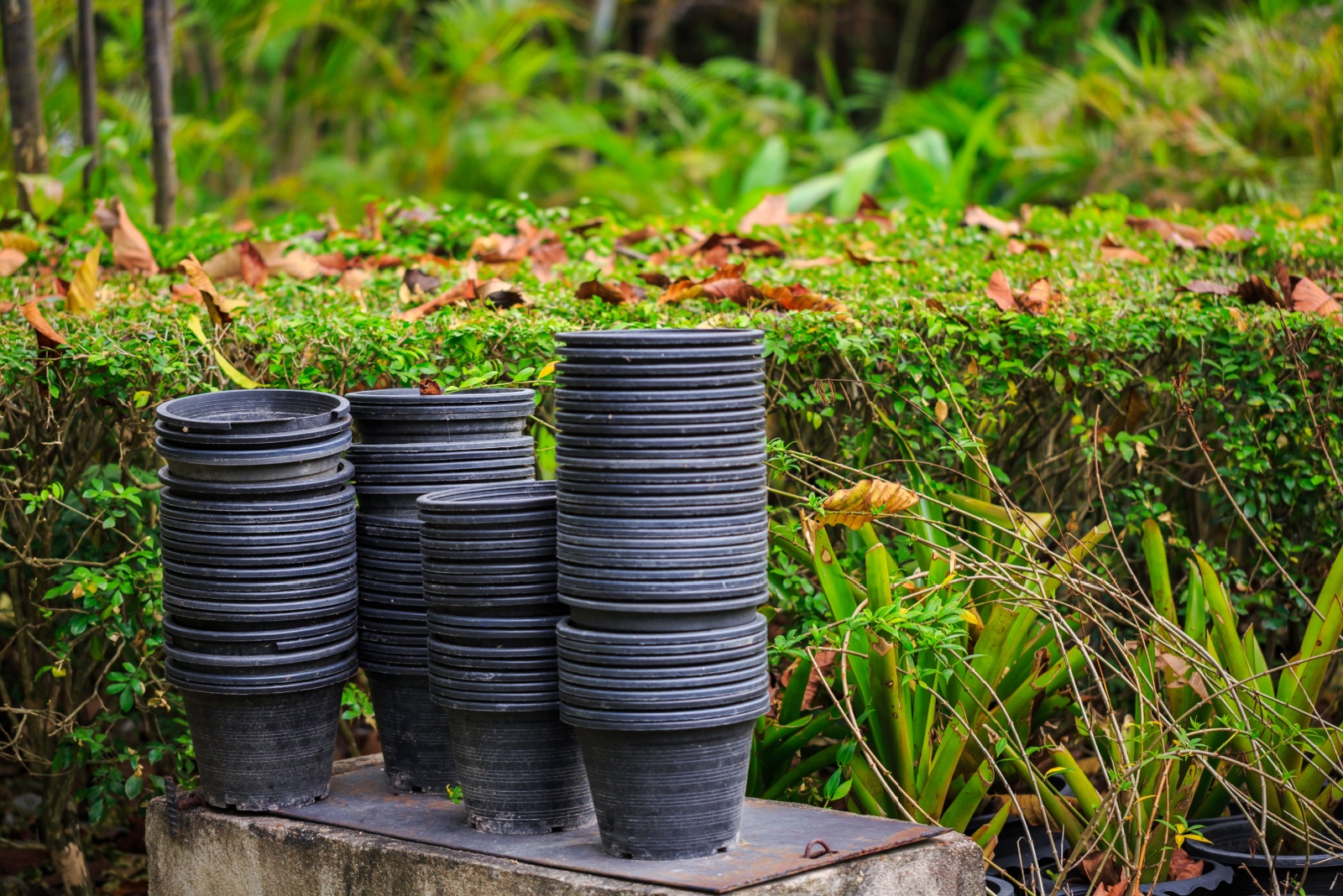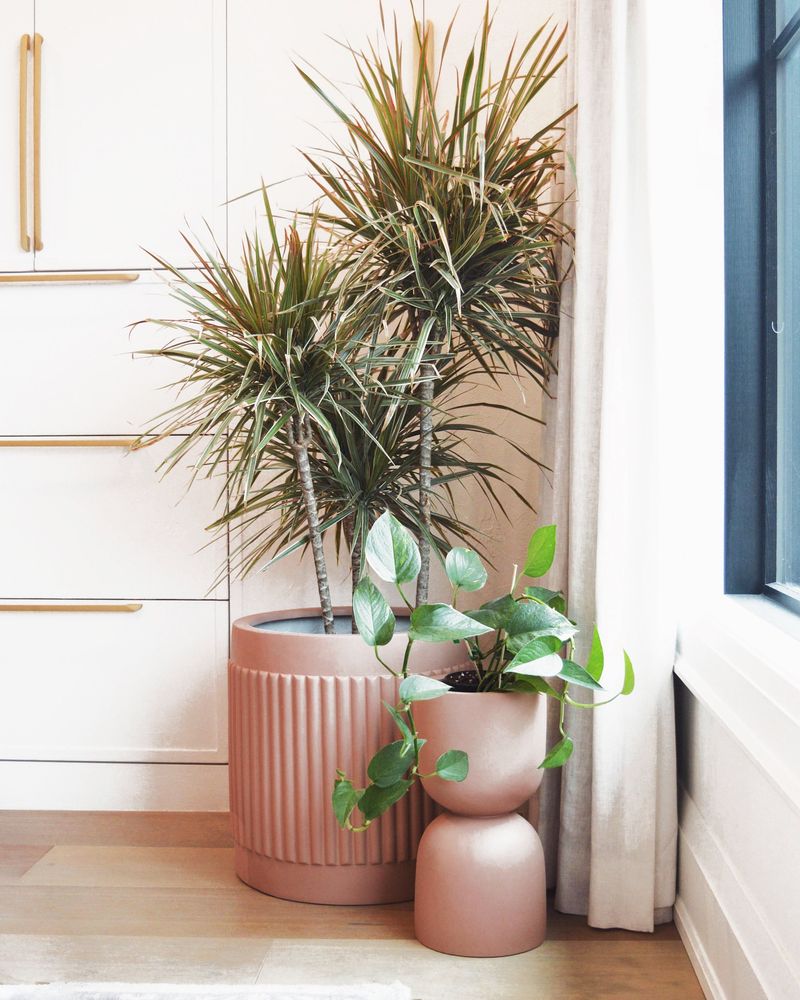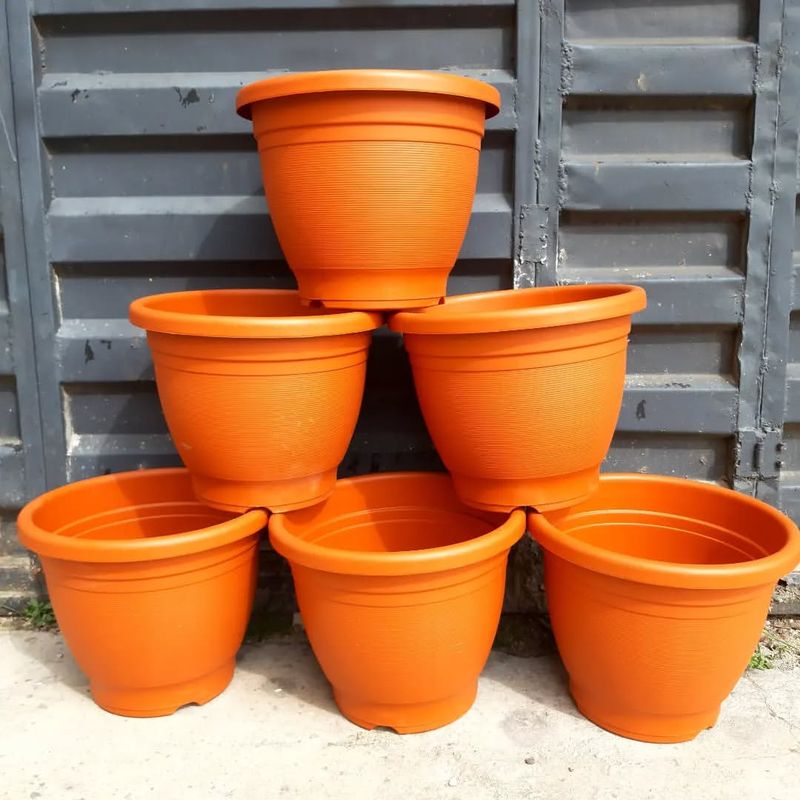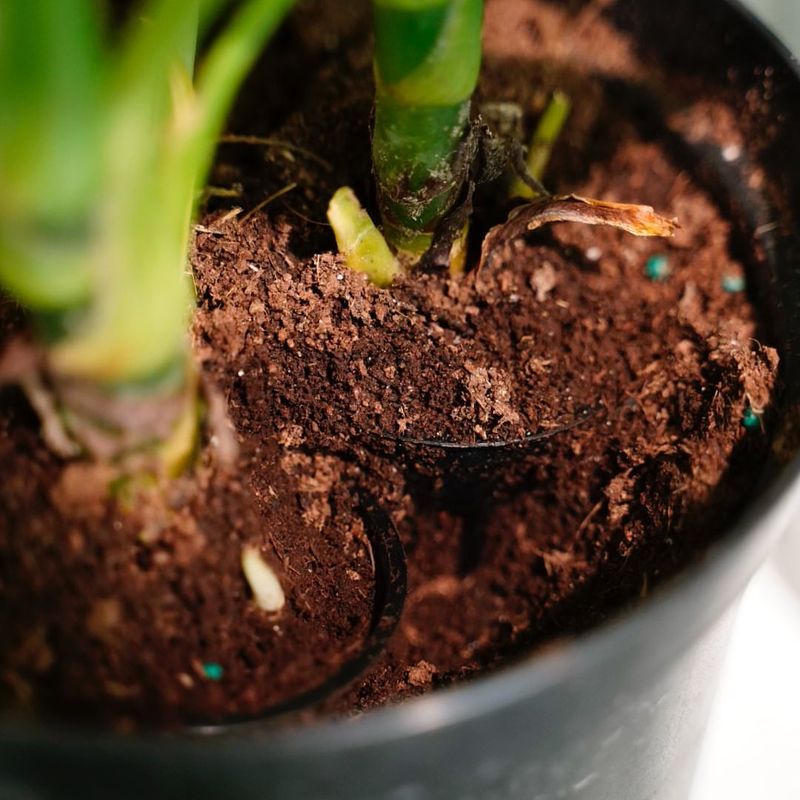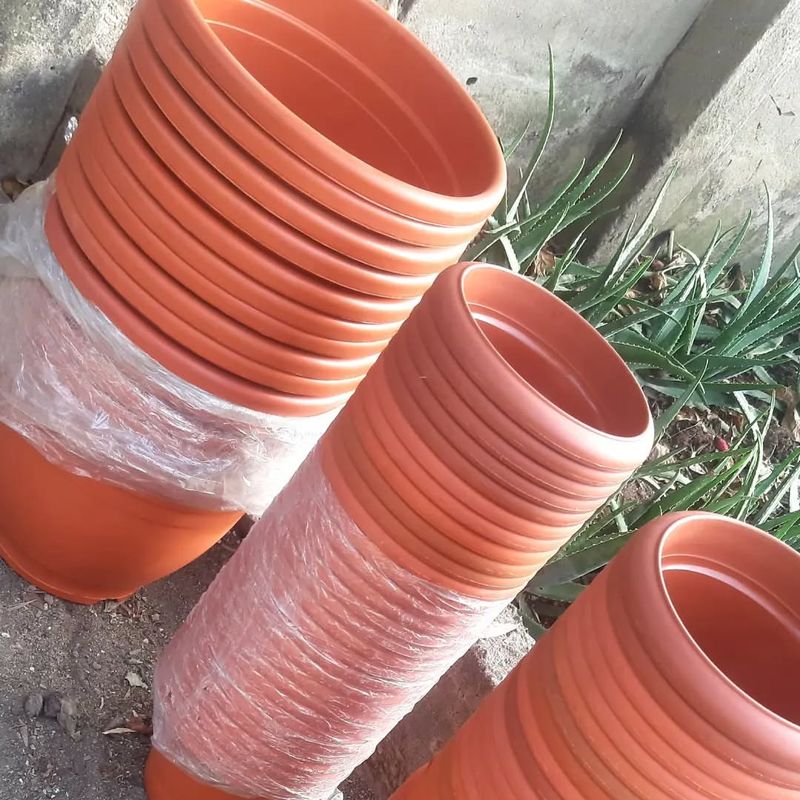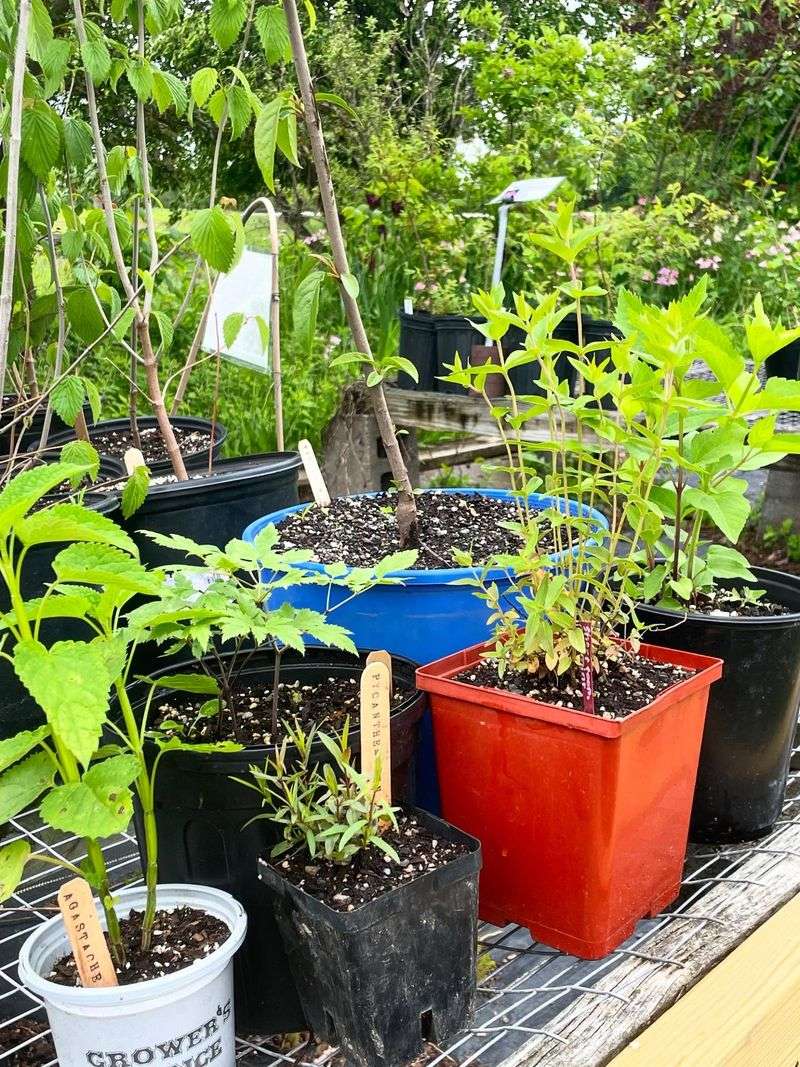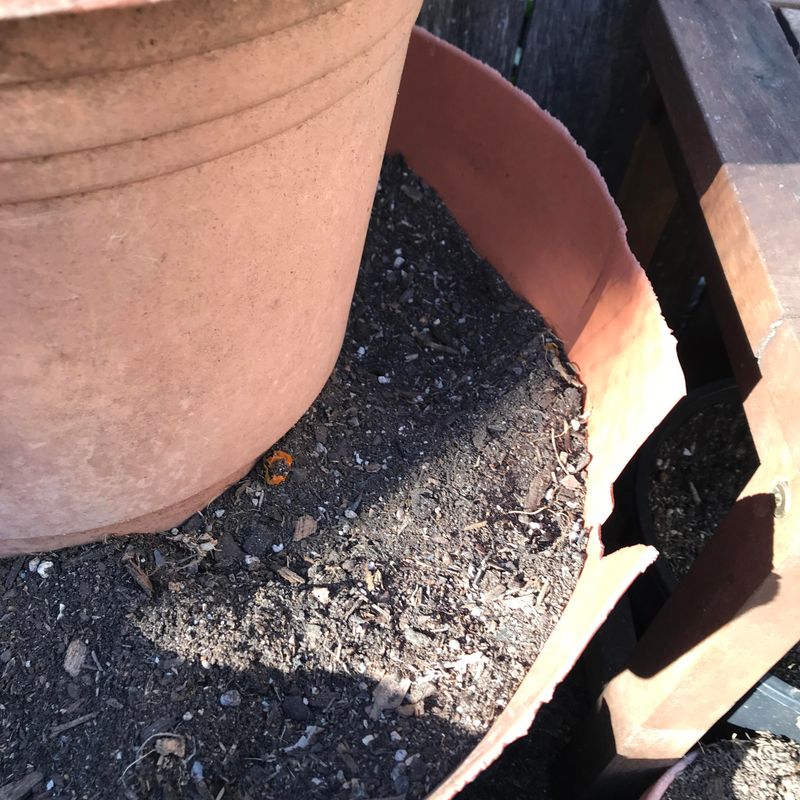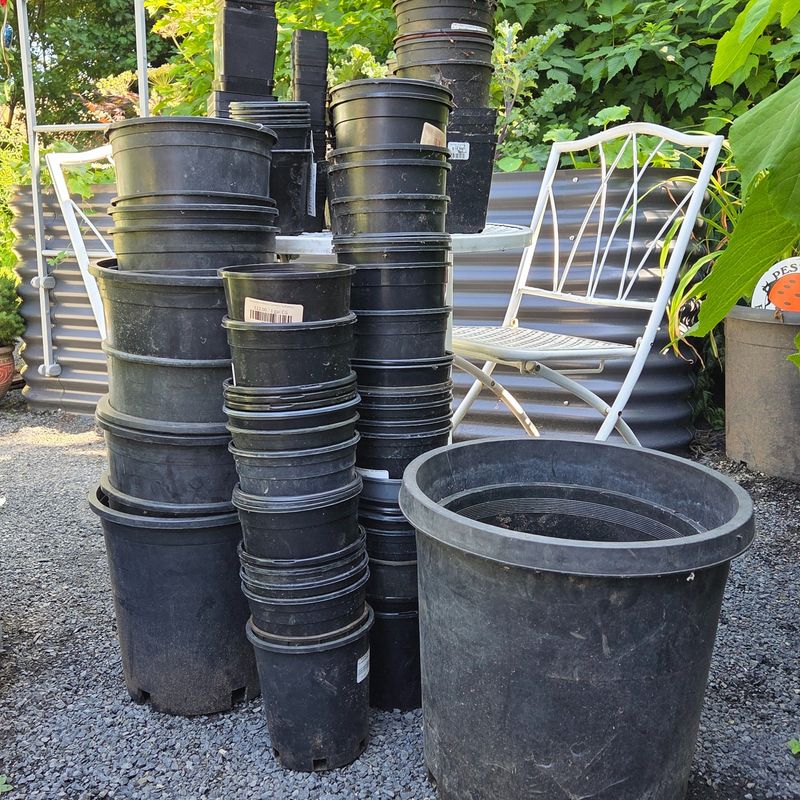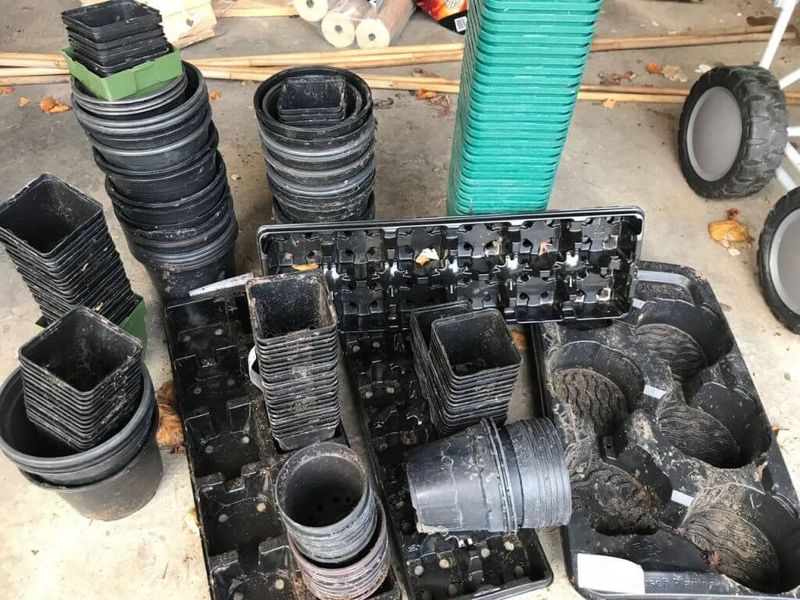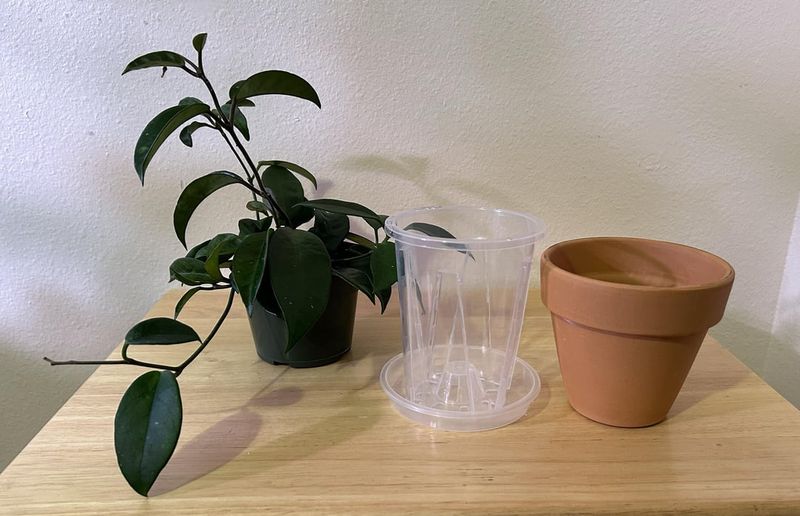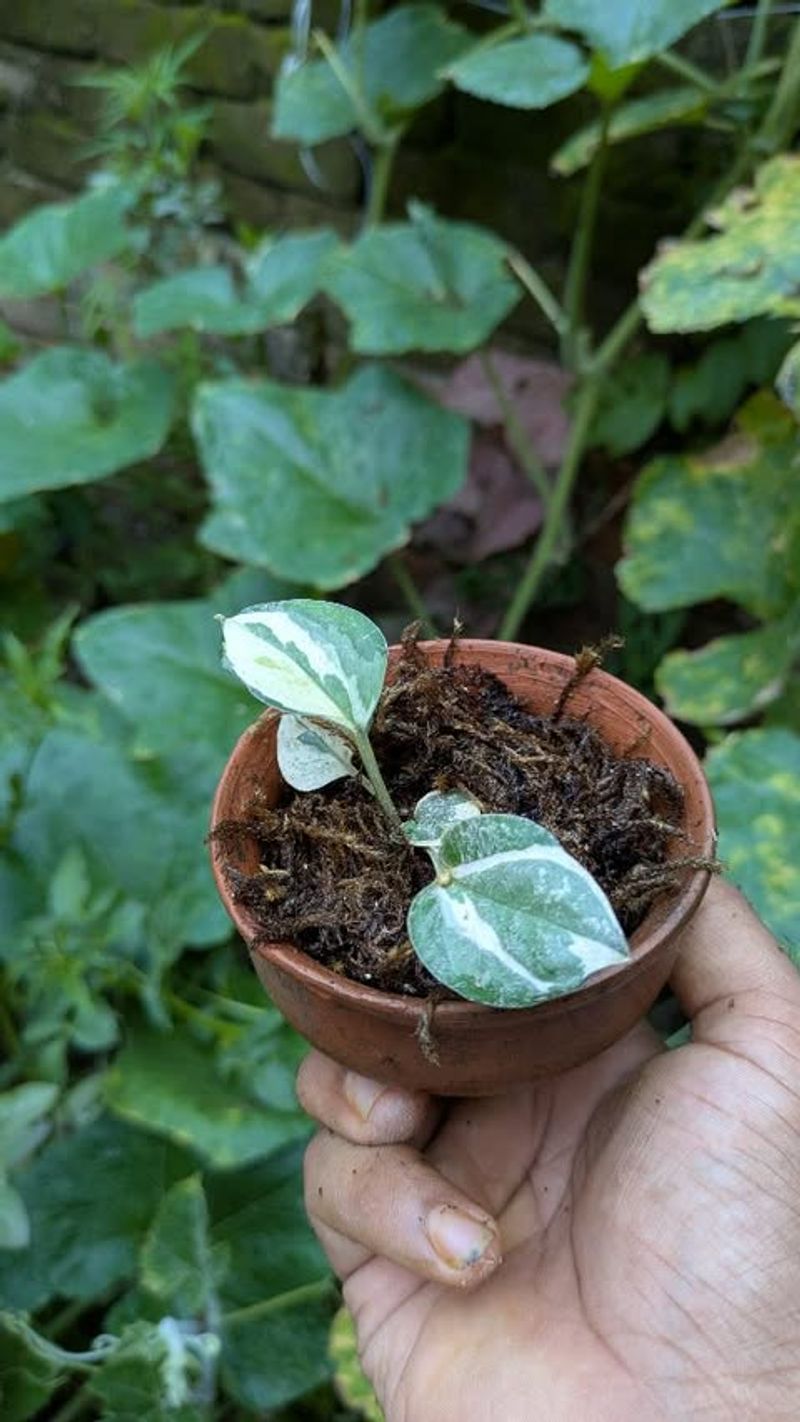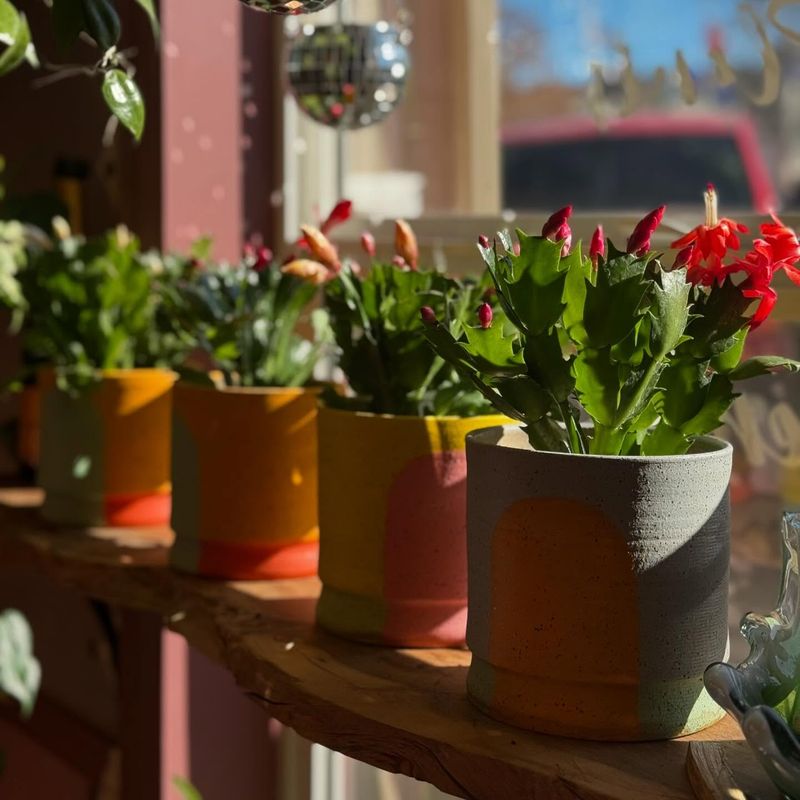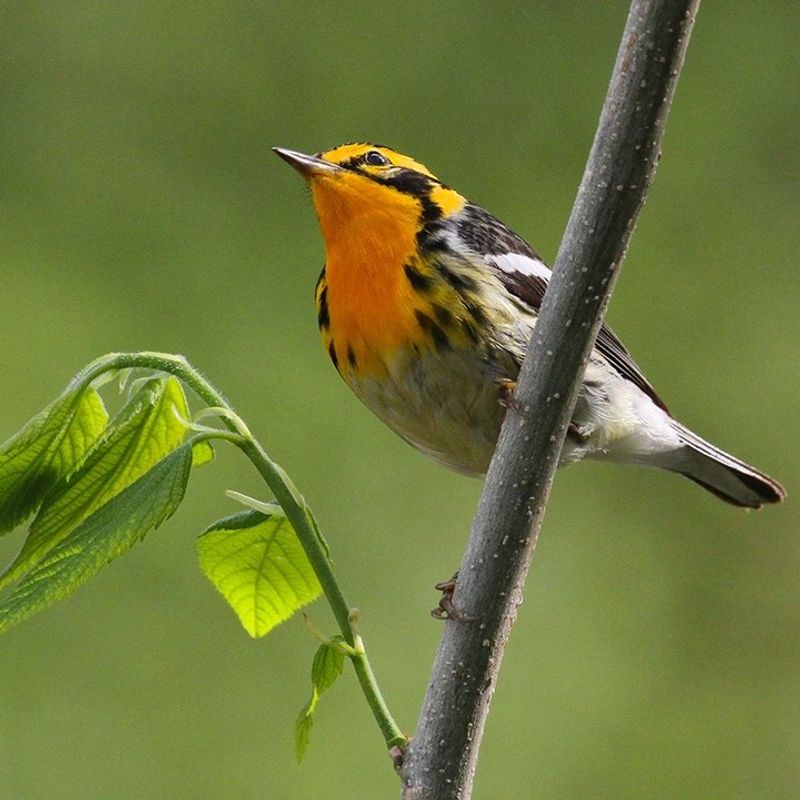Gardening in California comes with unique challenges, from drought conditions to environmental concerns. The pots we choose for our plants might seem like a small detail, but they actually make a big difference.
Plastic containers have been popular for years, but there are compelling reasons why California gardeners should consider alternatives.
1. Water-Wasting Heat Conductors
Plastic pots heat up quickly in California’s intense sunshine. This rapid temperature change causes soil to dry out faster than in other containers, forcing you to water more frequently during drought conditions.
Plants in plastic containers often experience stress from these temperature fluctuations. Their roots can literally cook on hot summer days, especially when placed on heat-absorbing surfaces like concrete patios.
2. Environmental Pollution Nightmare
California’s coastlines suffer from plastic pollution, and garden pots contribute significantly to this problem. When they crack or break, these containers often end up in landfills or, worse, our oceans and waterways.
Microplastics shed from degrading pots contaminate soil and eventually water systems. Given California’s environmental focus and proximity to the Pacific Ocean, reducing plastic use in gardening aligns with the state’s conservation goals.
3. Poor Root Development
Plants grown in plastic containers often develop circular, spiraling root systems. This happens because roots hit the slick plastic walls and simply follow the curve instead of branching out naturally.
Stunted root growth leads to weaker plants that struggle in California’s challenging climate. Alternative materials like fabric or clay allow for air pruning, where roots naturally stop growing when they reach the container edge, creating healthier root systems.
4. Wildfire Risk Factors
During California’s increasingly severe fire seasons, plastic pots become unexpected hazards. They melt quickly and can actually fuel flames if caught in a wildfire.
Many gardeners don’t realize that plastic containers left on decks or against structures create additional combustible material. Clay, ceramic, or metal alternatives won’t contribute to fire spread, making them safer choices in fire-prone regions throughout the state.
5. Chemical Leaching Concerns
Many plastic pots contain BPA, phthalates, and other chemicals that can leach into soil over time. California’s hot climate accelerates this process, potentially exposing edible plants to these substances.
For vegetable gardens, this creates unnecessary health risks. The state’s emphasis on organic gardening and clean food production makes this especially relevant for Californians growing their own produce.
6. Limited Lifespan Waste
Despite seeming durable, plastic pots typically last only 1-2 seasons in California’s intense UV exposure. They become brittle, crack, and need replacement far sooner than ceramic or terracotta alternatives.
This creates a continuous cycle of waste. While initially cheaper, plastic pots cost more in the long run and contribute to California’s waste management challenges, especially as many municipalities have strict plastic recycling limitations.
7. Recycling Program Limitations
Many Californians assume garden plastics can be tossed in recycling bins, but most curbside programs reject them. The black plastic commonly used for nursery pots contains carbon black, making it undetectable by sorting equipment.
Special garden plastic recycling events exist but are infrequent. This reality means most plastic pots ultimately end up in landfills despite California’s progressive recycling initiatives and environmental consciousness.
8. Drought-Inefficient Design
California’s recurring droughts make water conservation essential for gardeners. Plastic pots typically lack porosity, preventing proper moisture exchange and creating conditions where plants either dry out completely or suffer from overwatering.
More appropriate materials like terracotta breathe naturally. They regulate moisture better in California’s dry climate, reducing water waste while keeping plants healthier with less maintenance and environmental impact.
9. Aesthetically Limiting Options
California’s indoor-outdoor lifestyle puts garden containers on display year-round. Plastic pots fade quickly in sunshine and generally look cheap compared to more attractive alternatives.
The state’s emphasis on beautiful outdoor living spaces makes container choice important. Natural materials like ceramic, concrete, or metal develop character with age and complement California’s architectural styles, from Spanish revival to mid-century modern.
10. Microclimate Mismanagement
California’s diverse climate zones require containers that help manage temperature extremes. Plastic pots provide almost no insulation for plant roots, making them vulnerable to both heat waves and occasional freezes.
Alternative materials offer better protection. Thick ceramic or concrete pots maintain more stable root temperatures throughout the day, reducing plant stress and water needs during California’s challenging weather patterns.
11. Local Economy Disconnect
Most plastic pots are mass-produced overseas and imported to California. Choosing locally-made alternatives from California’s many artisan potters supports regional economies and reduces transportation emissions.
The state has a rich tradition of ceramics and sustainable container production. Many California artisans create beautiful pots from recycled materials, connecting your garden to local craft traditions while reducing environmental impact.
12. Wildlife Hazard Creation
Broken plastic pots create sharp edges that can harm California wildlife like lizards, birds, and beneficial insects that are crucial for garden ecosystems. Small fragments can be ingested by animals or carried to waterways.
California’s biodiversity is particularly vulnerable to plastic pollution. Natural materials decompose safely if broken, while plastic remains in the environment for hundreds of years, threatening the state’s unique and often endangered wildlife populations.

